Introduction
Katherine Routledge’s expedition to Easter Island, also known as Rapa Nui, in 1914-1915 was a pioneering archaeological and anthropological venture. It was one of the first scientific investigations of the island’s culture and history, providing invaluable insights into the enigmatic Moai statues and the island’s ancient civilization.
Get your dose of History via Email
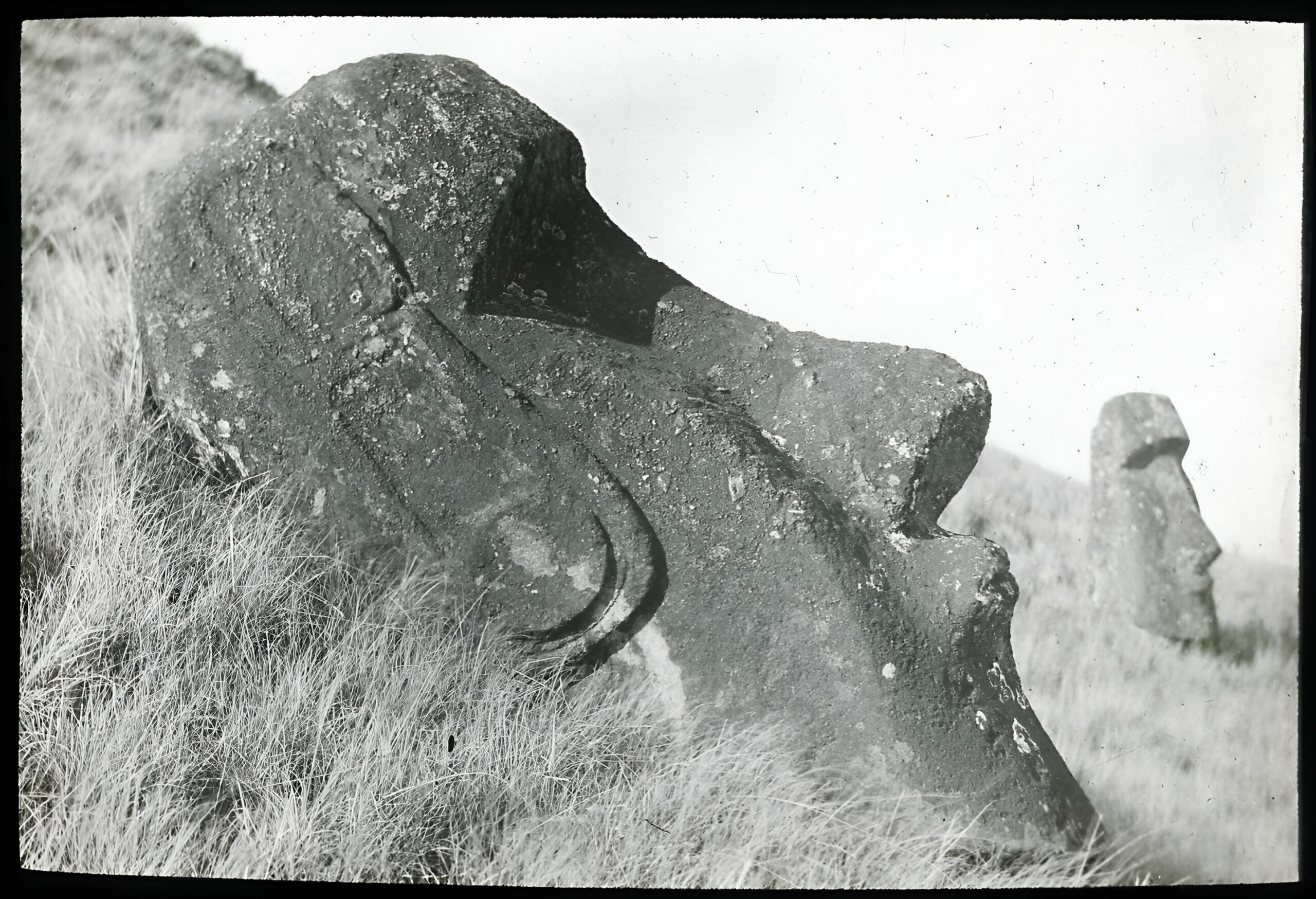
Background
Katherine Routledge was an English archaeologist and anthropologist, born in 1866. She was deeply interested in the Polynesian cultures and the mysteries of Easter Island. Along with her husband, William Scoresby Routledge, she organized and led the Mana Expedition to Easter Island, which became one of the most significant archaeological expeditions of its time.
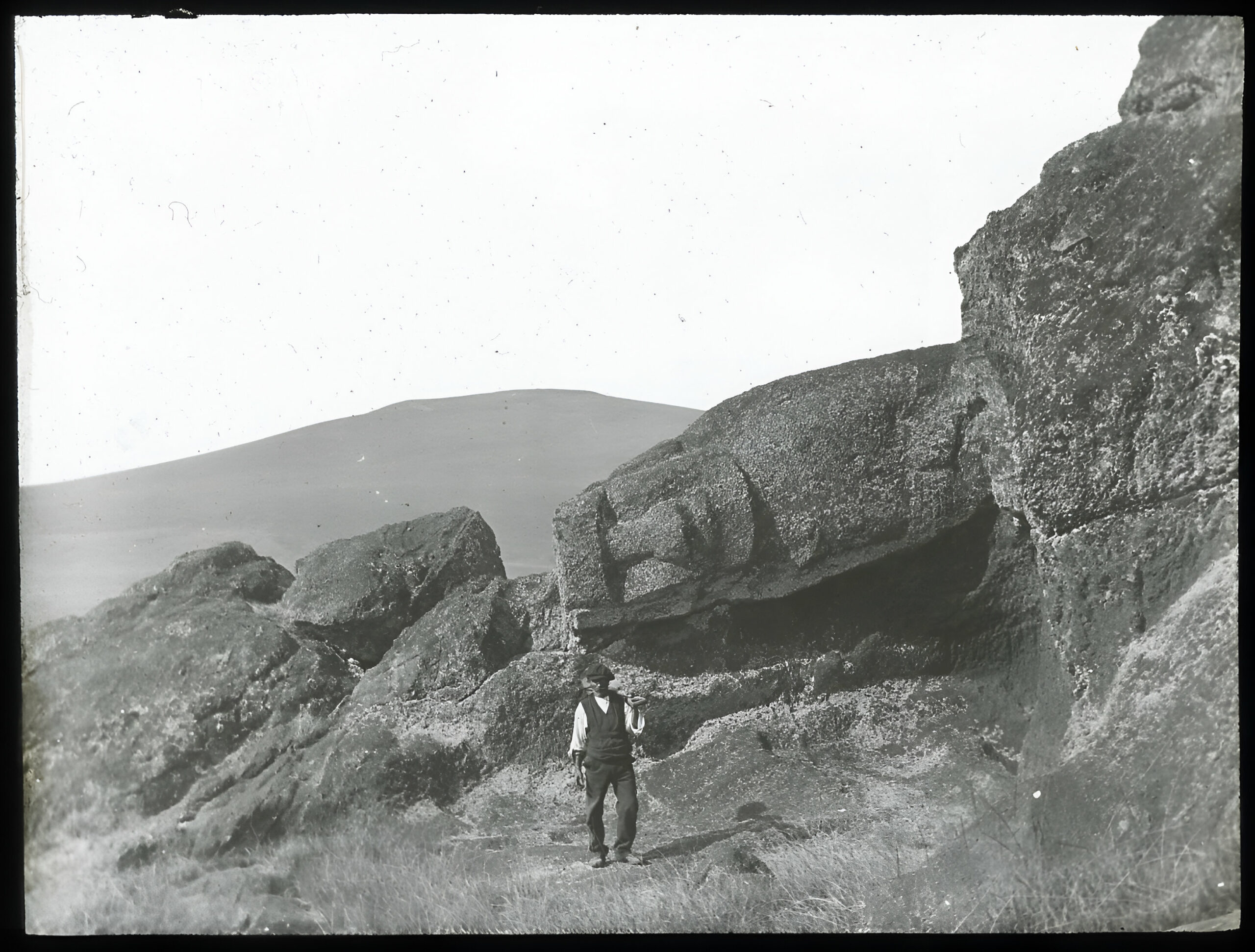
Preparation and Journey
The Routledges began their journey in 1913, departing from England. They traveled aboard the yacht Mana, navigating through the Panama Canal and eventually reaching Easter Island in March 1914. The journey itself was arduous, involving navigating uncharted waters and dealing with logistical challenges of transporting a research team and equipment.
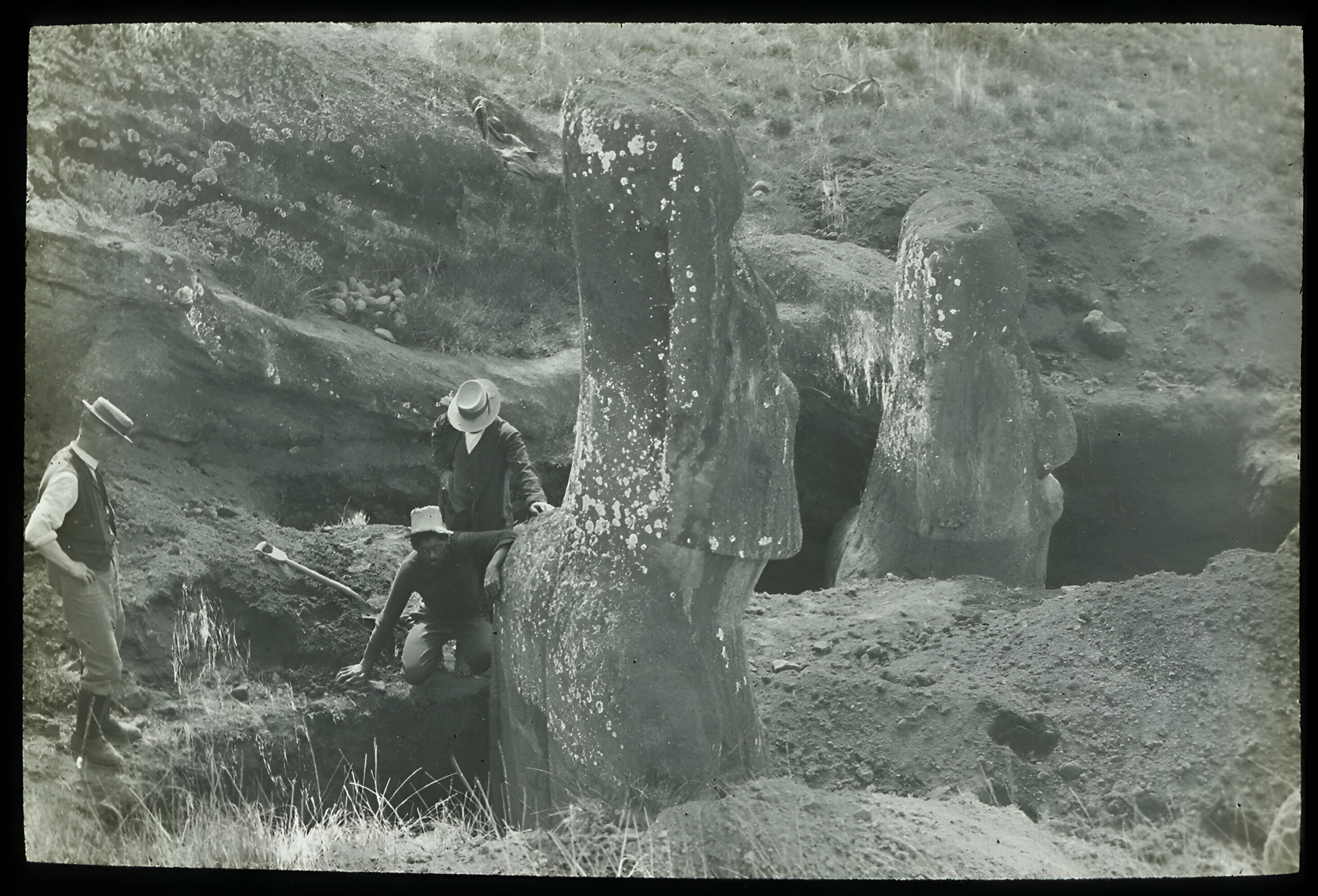
Activities on Easter Island
Upon arrival, Katherine and her team set up base on the island. Their primary focus was on the island’s famous Moai statues, large monolithic human figures carved by the Rapa Nui people. Katherine conducted extensive fieldwork, which included:
- Mapping and Excavation: The team meticulously mapped the locations of the Moai statues and conducted excavations around the platforms (ahu) where the statues were erected.
- Oral Histories: Katherine interviewed the island’s inhabitants, documenting their oral histories, traditions, and legends. This was crucial in understanding the cultural context of the Moai and the history of the Rapa Nui people.
- Documentation and Photography: The expedition produced a comprehensive photographic record of the island’s archaeological sites and the Moai statues. Katherine also kept detailed written records of their findings.
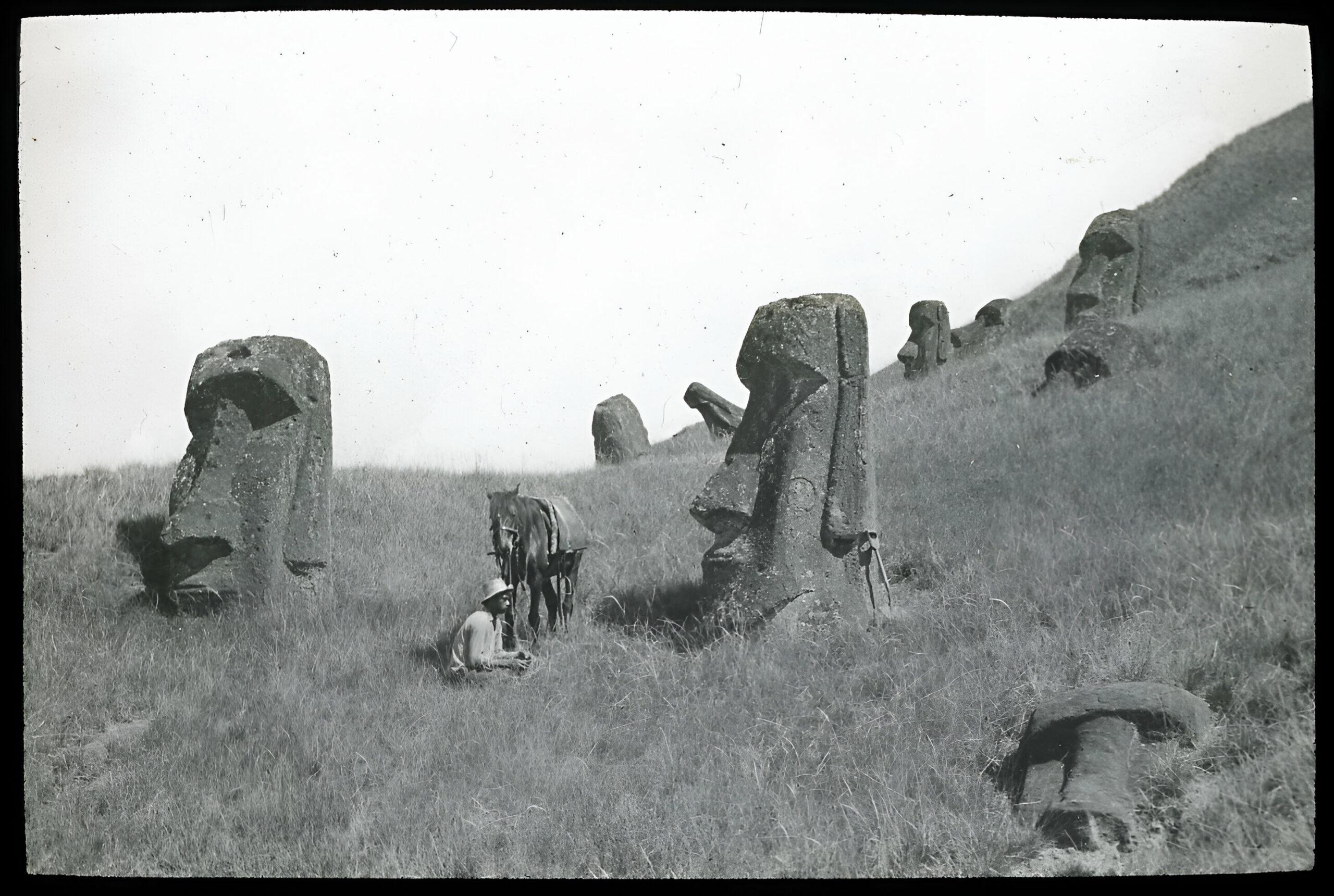
Key Findings and Contributions
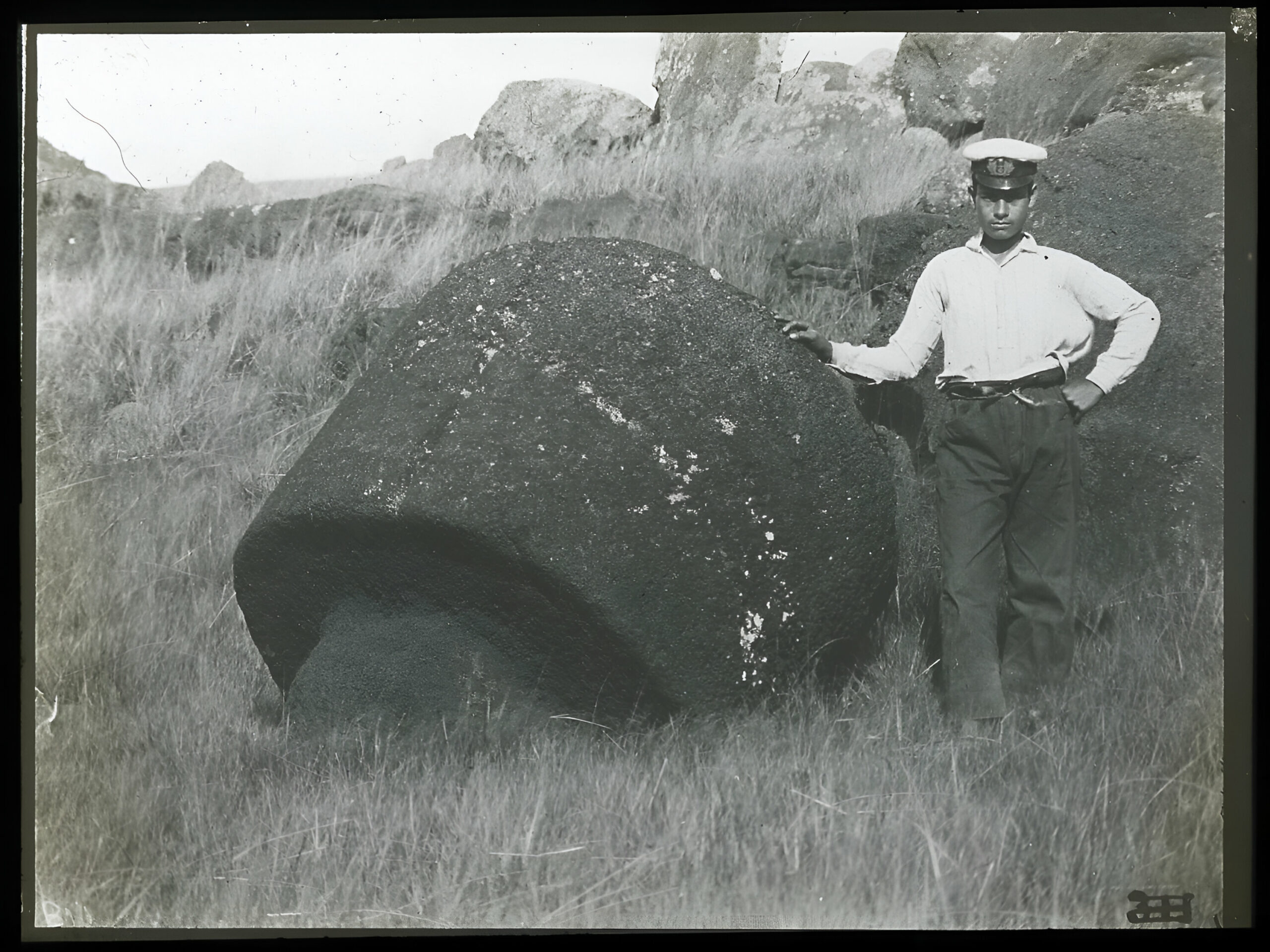
The Routledge expedition yielded several groundbreaking discoveries:
- Understanding the Moai: The team uncovered significant information about the construction, transportation, and ceremonial importance of the Moai statues. They concluded that the statues represented ancestral figures and believed they were part of ancestor worship practices.
- Rongorongo Script: Katherine Routledge also studied the island’s enigmatic Rongorongo script, a system of glyphs that remains undeciphered to this day. While she didn’t decode the script, her work laid the foundation for future studies.
- Cultural Insights: By collecting oral histories, Katherine preserved valuable cultural knowledge that might have otherwise been lost. She documented the islanders’ beliefs, social structure, and practices, providing a comprehensive picture of Rapa Nui society.
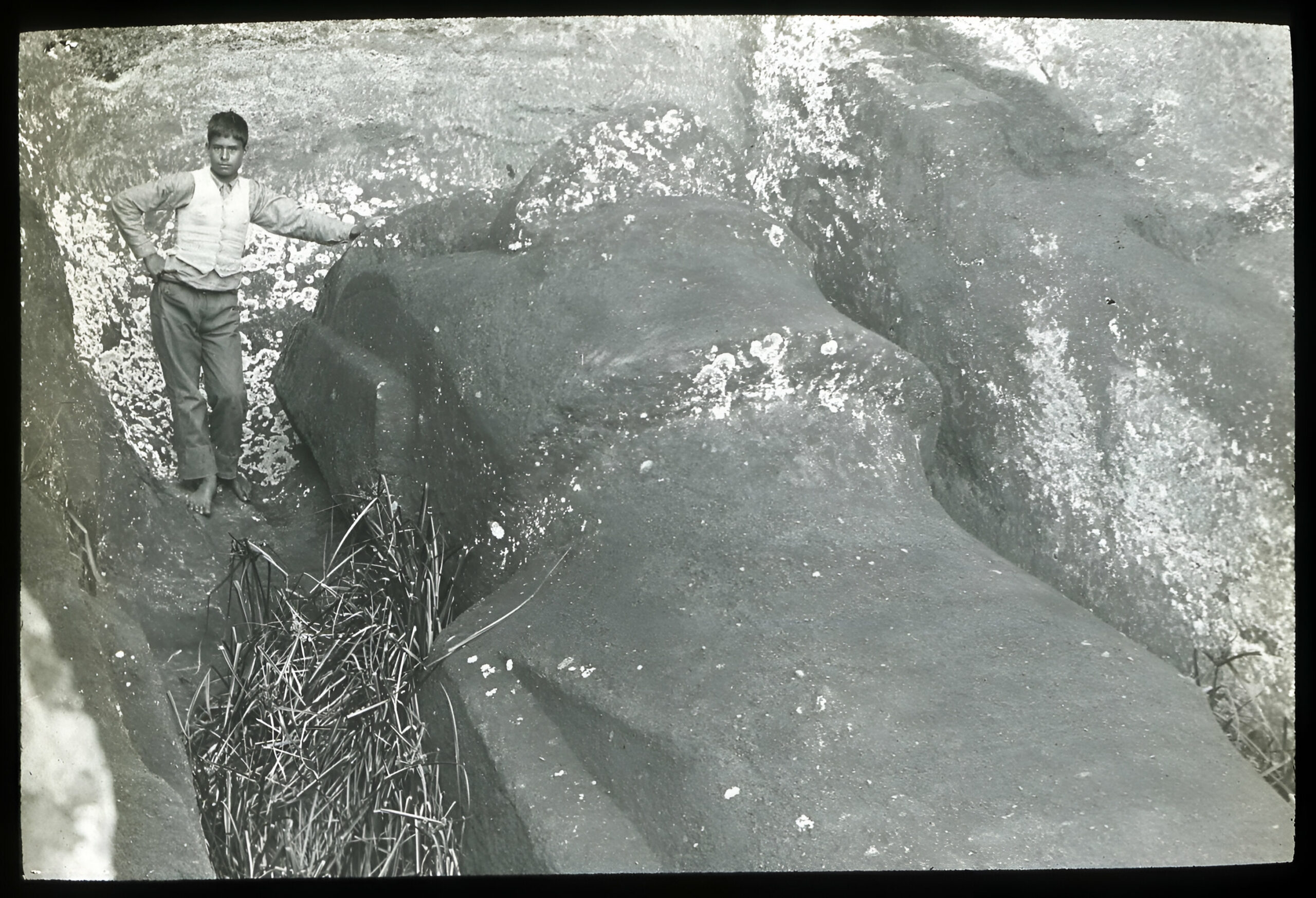
Challenges Faced
The expedition was not without its challenges. The team dealt with harsh weather conditions, limited resources, and health issues. Furthermore, communication with the local population was initially difficult due to language barriers and cultural differences.
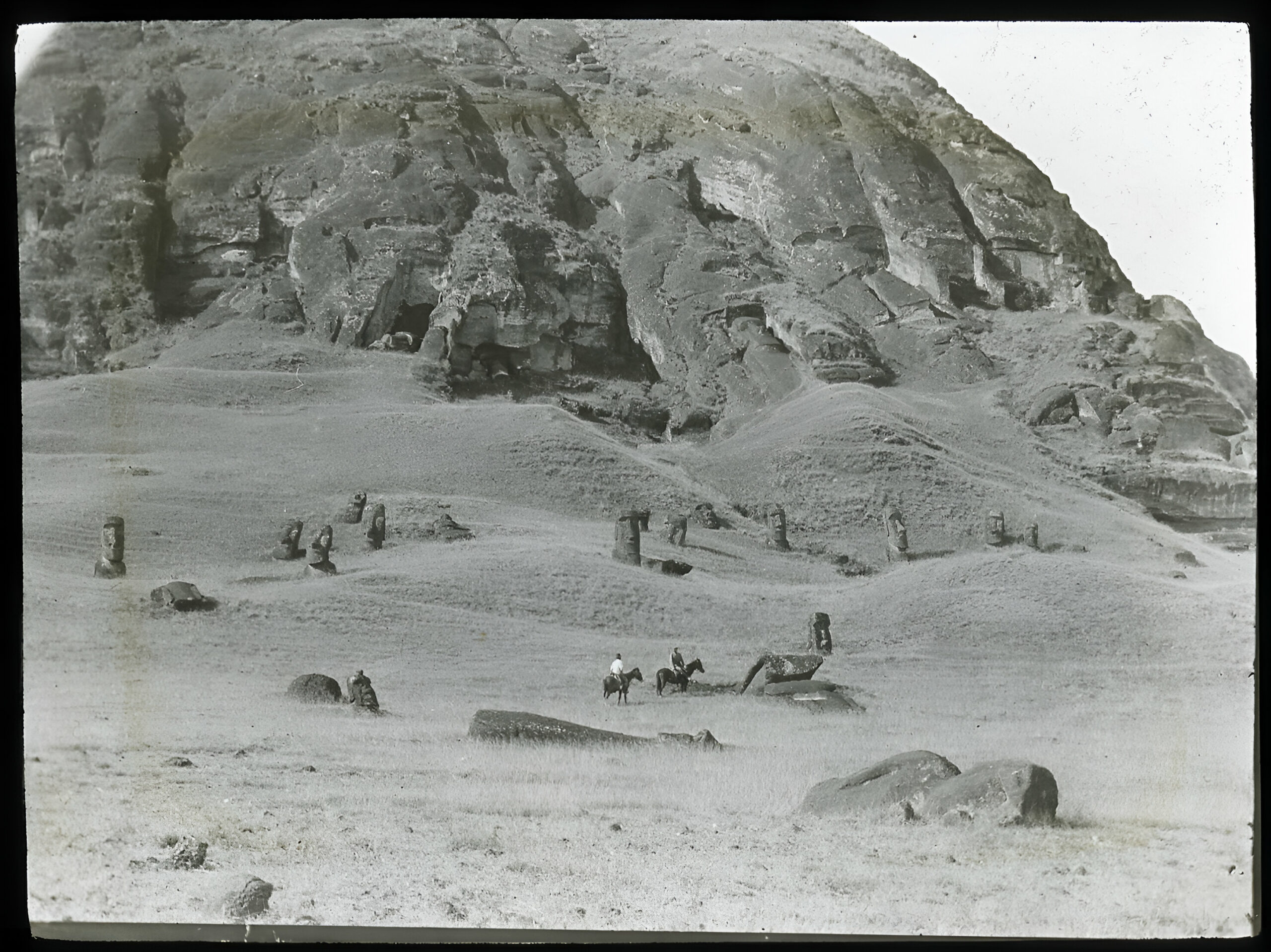
Legacy
Katherine Routledge’s work on Easter Island remains highly regarded in the fields of archaeology and anthropology. Her book, “The Mystery of Easter Island,” published in 1919, is still a fundamental resource for researchers studying the island. The expedition’s findings have been crucial in shaping our understanding of Easter Island’s history and its monumental Moai statues.
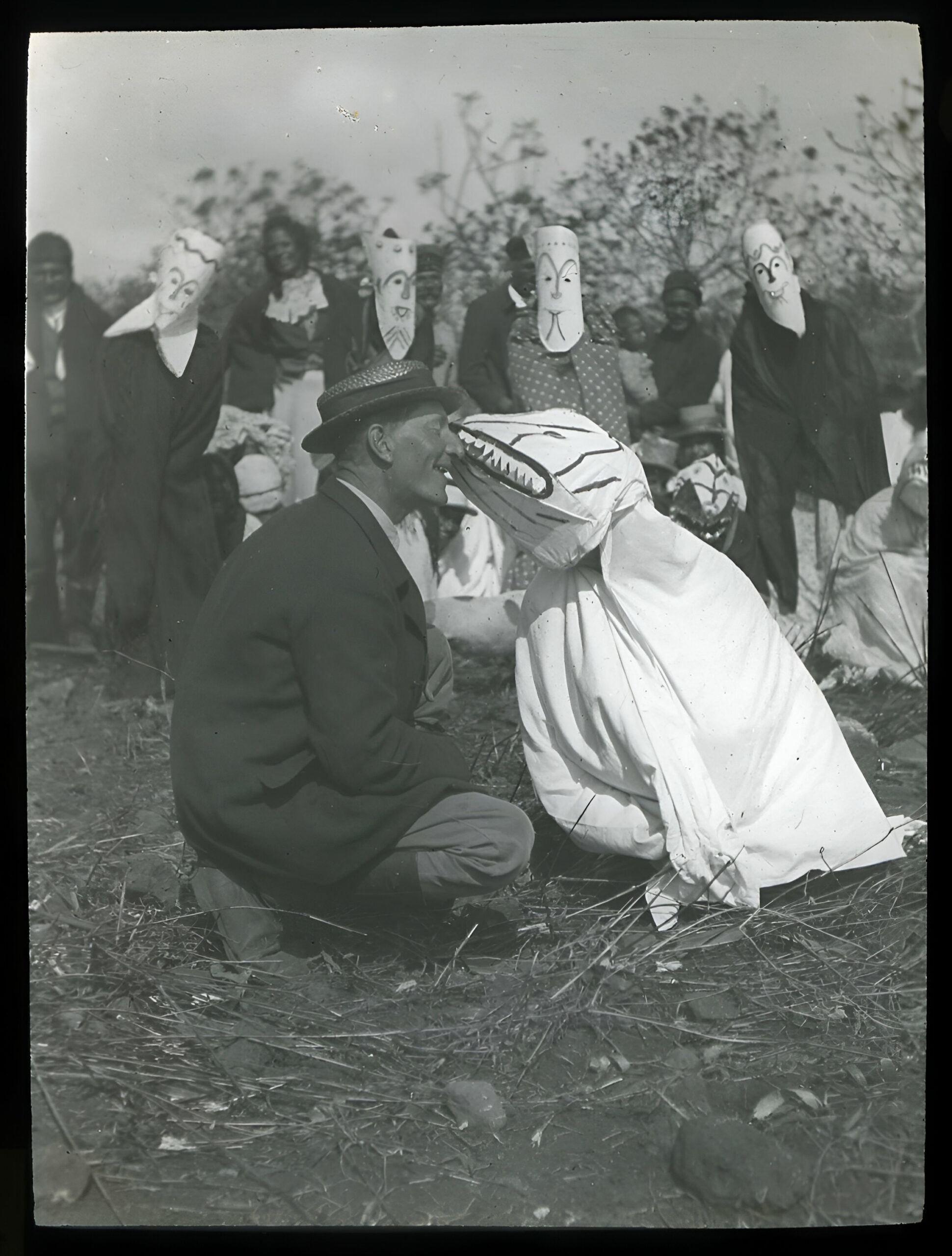
Conclusion
Katherine Routledge’s 1914-1915 expedition to Easter Island was a landmark achievement in archaeological and anthropological research. Her dedication and meticulous work provided the world with a deeper understanding of one of the most mysterious and isolated cultures. Her contributions continue to inspire and inform scholars and enthusiasts interested in the rich heritage of Easter Island.
This article highlights the importance of Routledge’s expedition and its enduring impact on the study of Easter Island’s cultural and historical heritage.
Sources:

